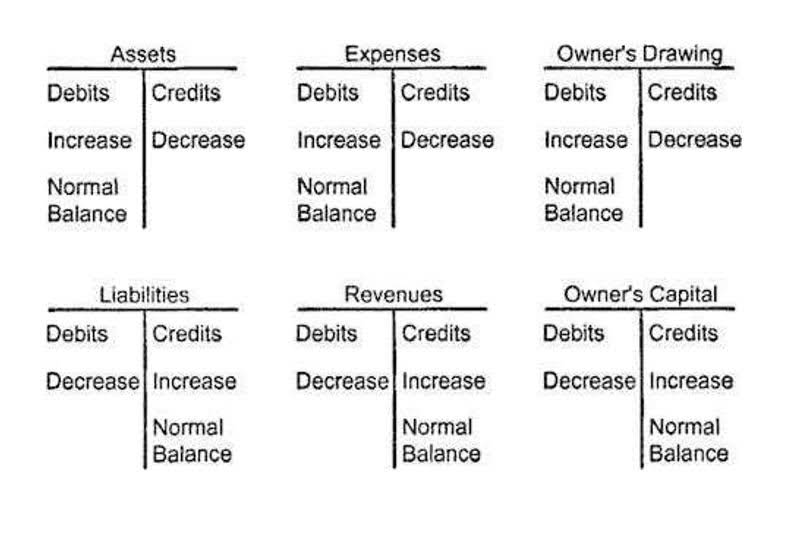Partial Lease Terminations: Accounting and Best Practices under ASC 842

Accounting for partial lease terminations under ASC 842 can be complex, but with proper understanding and adherence to best practices, lessees can ensure accurate financial reporting and compliance with the accounting standard. The gain or loss recognized from the partial lease termination affects the lessee’s net income, and the adjustments to the lease liability and ROU asset impact the Balance Sheet. It’s also crucial to properly disclose the details https://www.bookstime.com/ of the partial lease termination in the financial statements, including the impact on net income, any gains or losses recognized, and other relevant qualitative information. Adhering to the disclosure requirements of ASC 842 ensures both transparency and compliance. Understanding the timing of the payments is important in determining the impact to both the income statement and balance sheet.

Step 1: Determine the lease term under ASC 840
- From the perspective of a lessee, the accounting for the early termination of an operating lease is consistent with that of a finance lease.
- Navigating the intricacies of these accounting standards, alongside the sector’s complex lease structures, demands a strategic and robust approach.
- We have read lease agreements that specify a rent holiday where the tenant is relieved of payment for a specific month (i.e. anniversary of lease commencement).
- This versatility is crucial for oil and gas companies operating across varied asset types and regions with unique regulatory and operational requirements.
- Often, the rents are low because a premium will have been paid up-front which may be equivalent to substantially all of the fair value of the asset.
- Ultimately, a well-negotiated early termination clause can provide the necessary flexibility while ensuring that both the lessee and lessor are protected.
Companies should consider using technology solutions to manage their leases, which can help streamline lease management processes and improve lease termination decisions. The new standard may impact lease vs. buy decisions, as companies will need to consider the impact of leasing versus buying an asset. The recognition of lease liabilities may impact the decision to lease an asset, as the Online Accounting liabilities may impact a company’s financial position and liquidity. If either the landlord or tenant violates the terms of the lease agreement, the non-breaching party may have the right to terminate the lease.
Compliance with IFRS 16 and ASC 842
- In this blog post, we will break down the complexities of termination accounting under ASC 842 and provide practical considerations and best practices for accounting for partial lease terminations.
- For example, a company leasing a fleet of vehicles may begin discussions with the lessor six months prior to the lease end.
- Global lease accounting standards, particularly ASC 842 and IFRS 16, have significantly transformed how oil and gas companies manage leased assets.
- The lessor often stipulates within the agreement that the lessee must pay a penalty upon execution of the termination.
- The lease classification is made at the inception of the lease but a lessee and lessor may agree to change the provisions of the lease.
Terminating an operating lease can have significant financial implications for both lessees and lessors. For lessees, it’s a decision that can affect their balance sheets, income statements, and cash flows. The accounting treatment of an operating lease termination requires careful consideration of various factors such as remaining lease term, penalties, and the potential for asset return conditions. From the lessor’s perspective, lease termination can impact revenue recognition, asset management, and future leasing strategies. It’s a complex interplay of accounting standards, contractual obligations, and strategic financial planning.

Why the new lease standard?

The lease arrangement grants the lessee an option to purchase the asset, which is reasonably certain to be exercised. It is important to note, the purchase option must be reasonably certain to be exercised for this criteria to met. To determine the change in the right-of-use asset XYZ Shipping can utilize one of two approaches which will be outlined below.
- Under new IFRS 16, you need to assess whether these contracts contain lease as defined in IFRS 16.
- The oil and gas industry operates within one of the most capital-intensive sectors globally, driven by the need for extensive infrastructure, equipment, and operational support across vast geographies.
- Similarly, the lease may grant the landlord the right to terminate the lease in specific situations, such as if the property is being sold, redeveloped, or if the tenant is not adhering to certain lease obligations.
- Lease classification, in this case, is better judged by looking at the substance of the arrangement and the intentions of the lessor in granting a lease on such terms.
- If the changes would have resulted in a different lease classification, had they been applied originally, then the revised lease agreement is treated as a new lease over the remaining lease term.

Ft. space on January 1, 2020 and that there was no rent charged from January 2020 – March 2020. Significant improvements are required to get the property ready for the tenant’s use, so the landlord allows the tenant to use only 10,000 sq. Because the space is in the same building, each square foot in the first 10,000 occupied is deemed to have the same fair value as each square foot in the total 100,000 sq. Below is the accounting treatment for early termination of operating lease first 16 months’ straight-line amortization schedule under ASC 840, showing amortization of both rent and the incentives. The tenant also received a reimbursement of $30,000 for moving expenses from the landlord. When President Obama speaks about raising taxes on the rich, he speaks about high-income employees and small business owners, not entrepreneurs who build big businesses.

Recent Comments